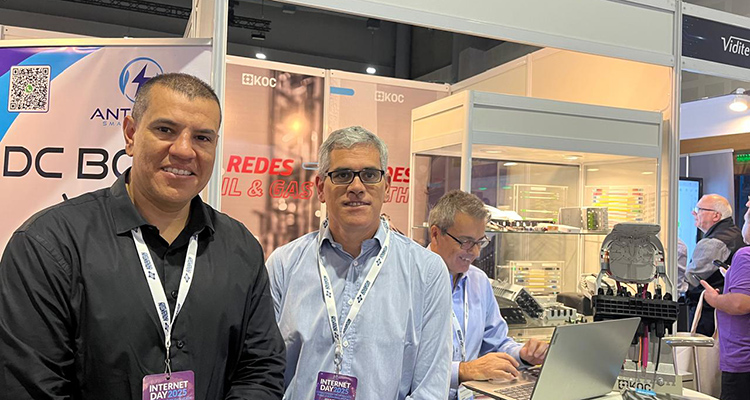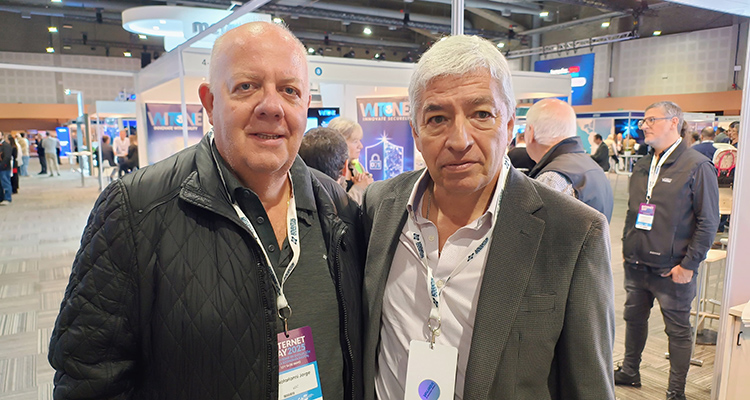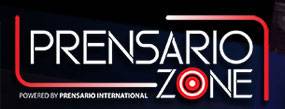Over time, the shift from hardware constrained to software driven workflows in broadcasters has enabled a move from siloed environments to better integrated and more efficient workflows. Graphics creation, asset management, distribution and the majority of other departments have gone through software driven workflow revolutions.
While the control room and live production in general have improved vastly over the previous decades, the major shift to software driven workflows is nascent. Multiple specialized devices and very different operating interfaces are still used to create live content – and the control room, as a concept, looks much the same as it did 30, 40 or even 50 years ago.
How do broadcasters realise the benefits of software in their live production environments as well? Consolidation of functionality and an improved, uniform user experience and interface can not only improve overall efficiencies and flexibility, but will allow the production of live content to move closer to the storytellers – both physically and conceptually.
Same total audience, increased fragmentation, diminishing budgets
As viewing habits are changing, broadcasters are faced with many new and potentially disruptive challenges. The viewing public have very recently and very rapidly become used to expect access to a seemingly endless spectrum of extreme content variety and availability, and their viewing habits are still evolving. The audience shift to other platforms is a well-known fact of life for media producers today, where not only hardware devices including smartphones, tablets, smart watches, smart speakers, laptops, but also the number and kinds of media outlets, are in constant growth and constant flux. At the same time – while the global advertising spend has been growing steadily over the last decade1, this fragmentation means that this growth is not across the board, with traditional media being stagnant or even in decline, while online sees rapid growth.
In this reality, any media producer is forced to compete in multiple spaces just to maintain viewership and income. This in turn creates a need to produce more live content in more versions, without being able to justify the traditional cost connected with building entirely new control rooms and production facilities.
From media industry to attention economy
For the last two decades, the media industry has increasingly become beholden to the attention economy. In our post- industrial society, according to Davenport and Beck “…attention has become a more valuable currency than the kind you store in bank accounts … [and it is] a highly perishable commodity. Once a moment’s attention is gone, it can never be brought back.” If you cannot capture the attention of your audience and hold on to it, they will leave and spend their attention elsewhere. Your output will simply become another part of the overall background noise of modern life.
For more information of this note enter to our website.




